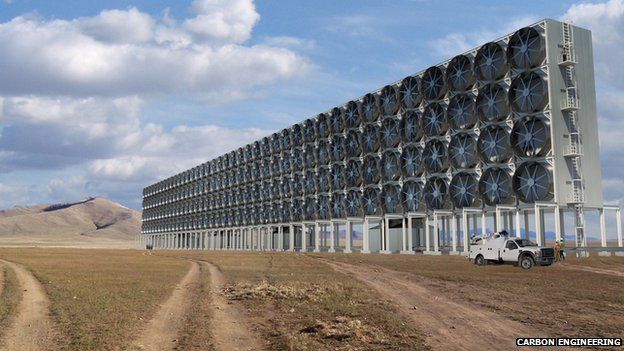
Helios-NRG was a client of the UB Technology Incubator for seven years, receiving such services as mentoring and support from UB’s Business and Entrepreneur Partnerships office, which greatly aided the company’s growth. We don’t use genetic modification to add genes that you would not normally find in algae because it’s so difficult to predict what could happen if genetically modified algae gets into the environment.” “We produce algae strains with desirable traits through breeding. “We are committed to the environment,” says Lam, who received his master’s degree in chemical and biological engineering from UB. By developing a sustainable biotechnology approach for carbon capture, our company is working to address the challenge of climate change.” “This is a global problem with severe effects, and more and more people are realizing that we need to do something about it. “Fossil fuel power plants are dominant sources of carbon dioxide production,” says Ravi Prasad, president of Helios-NRG. Once the technology has been refined, Helios-NRG will have the chance to pilot it at the National Carbon Capture Center, a DOE-sponsored research facility in Alabama. The company has made significant progress toward those goals, using special photobioreactors and inventing new processes to achieve high algal growth and CO2 capture rates - simultaneously, says Benjamin Lam, Helios-NRG senior research engineer. The objective is to produce 35 grams of algae per square meter of area per day and to capture more than 70 percent of carbon dioxide emissions from a concentrated source. Department of Energy (DOE), strives to grow dense populations of algae quickly. In just a few days, however, the contents of the containers had darkened as the number of microorganisms inside exploded.Īnd that’s what Helios-NRG wants to see: Its algal research, largely funded by the U.S.

On a recent summer morning, three tanks of microalgae in the building shined a bright, jewel green as sunlight beamed through the water. To advance this science, biotech startup Helios-NRG is testing technologies for algae cultivation and carbon capture in a greenhouse on the North Campus. The end result? A new way to reduce pollution and fight climate change. If the organisms grow in dense enough concentrations in a controlled setting, they could conceivably be used to capture carbon dioxide from power plants that burn coal or natural gas.

That’s because algae, which mostly reside in aquatic habitats, consume carbon dioxide to conduct photosynthesis. Algae may be found in oceans and lakes, but some scientists are hoping that the next place you’ll see these organisms is a coal-fired power plant.


 0 kommentar(er)
0 kommentar(er)
